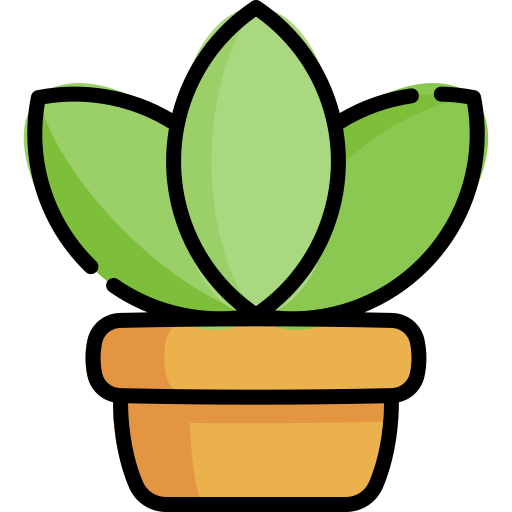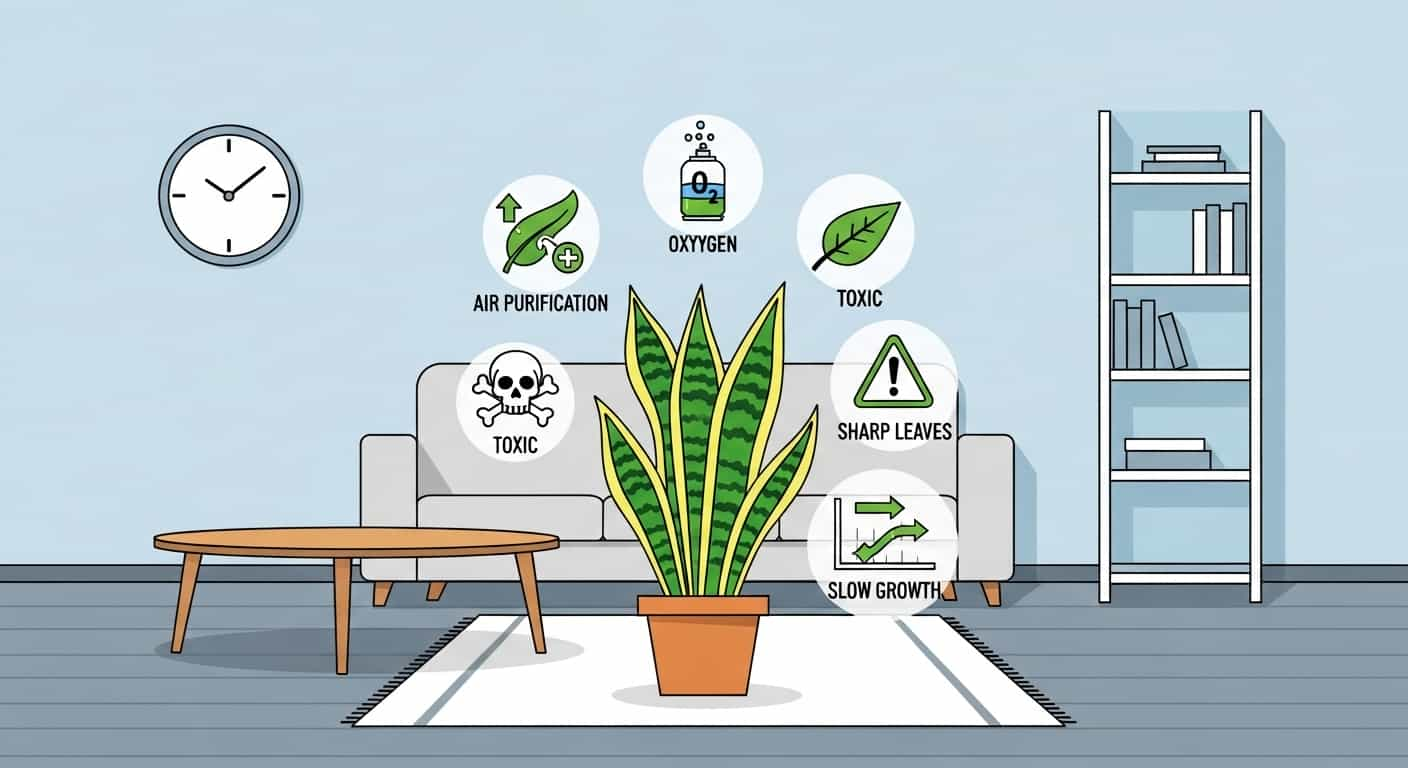The snake plant, or Dracaena trifasciata, is a true icon in the world of houseplants. It’s celebrated for its striking architectural form, incredible resilience, and a host of benefits that range from air purification to positive Feng Shui. It’s often hailed as the perfect plant for beginners and a must-have for any home. But is it all positive? While the snake plant is undeniably a fantastic choice for many, no plant is without its potential drawbacks.
Understanding the full picture is crucial before welcoming any new plant into your home. A balanced view ensures you can provide the right care and create a safe, harmonious environment for everyone, including pets and children. While the pros of owning a snake plant often outweigh the cons, being aware of the potential disadvantages can help you make an informed decision and avoid common pitfalls.
This guide will provide an honest look at the potential snake plant disadvantages. We’ll cover everything from its toxicity and slow growth to its susceptibility to certain care mistakes, giving you the knowledge you need to decide if this popular plant is the right fit for your specific lifestyle and home.
1. Toxicity to Pets and Humans
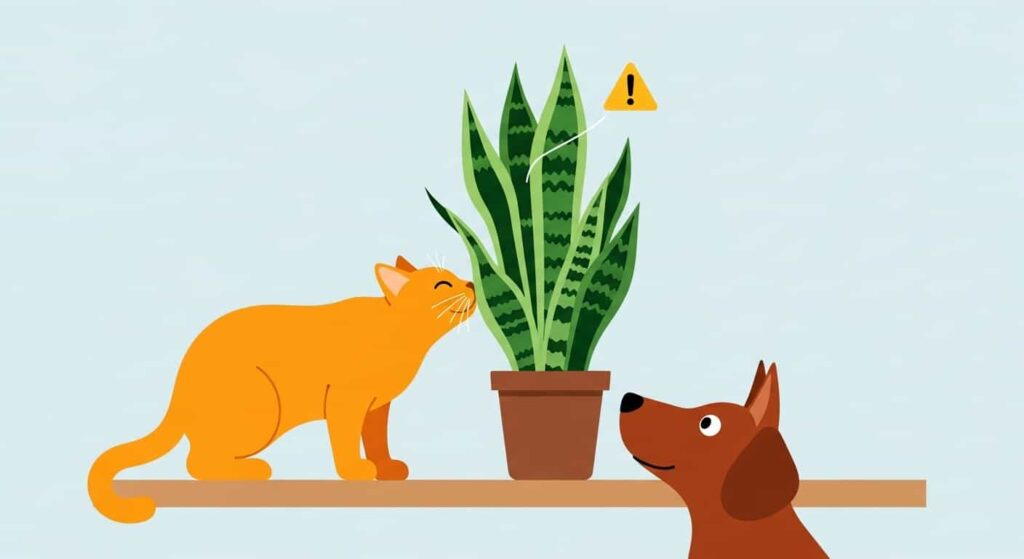
This is arguably the most critical disadvantage to be aware of, especially for households with curious pets or small children. All parts of the snake plant contain saponins, which are chemical compounds that can cause mild to moderate gastrointestinal distress if ingested.
- For Pets (Cats and Dogs): While the taste is generally unpleasant, a curious cat or dog might still chew on the leaves. Ingestion can lead to symptoms such as nausea, vomiting, and diarrhea. While it is rarely fatal, a trip to the vet might be necessary, and the experience can be distressing for both the pet and the owner. If you have a known leaf-chewer, a snake plant might not be the safest choice unless it can be placed completely out of reach.
- For Humans: The same saponins can affect humans, particularly small children who might put things in their mouths. Ingesting parts of the plant can cause mouth pain, salivation, and stomach upset. The risk is low for adults, but it’s a significant consideration for families with toddlers.
This toxicity is a major reason why some people look for snake plant alternatives. If you love the look but are concerned about safety, consider non-toxic options like the cast iron plant or certain calathea varieties.
2. It Can Be Painfully Slow-Growing
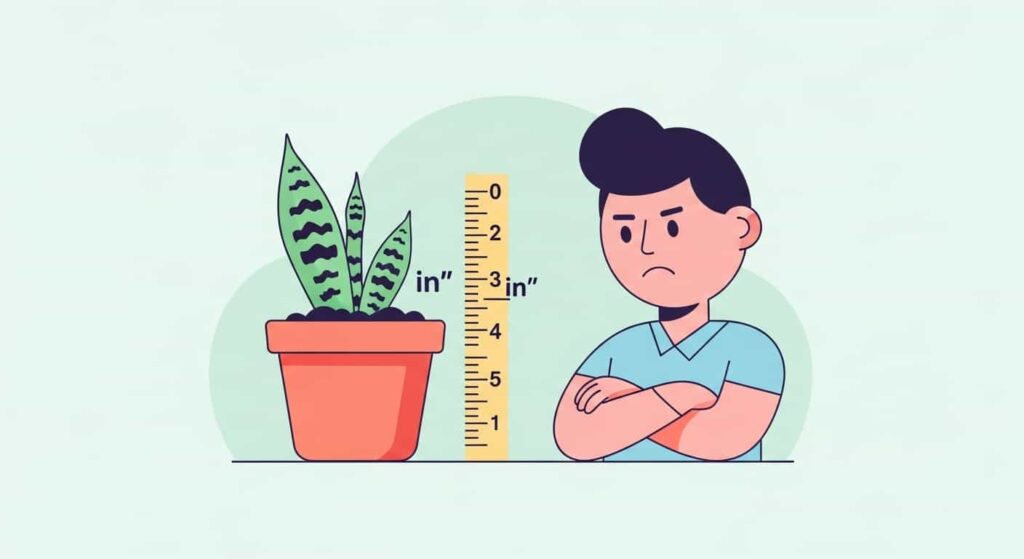
In a world of instant gratification, the snake plant operates on its own, unhurried timeline. Its growth rate is notoriously slow. Under average indoor conditions, you might only see 2-4 new leaves emerge per year during the growing season. In low-light environments, this can slow to just one new leaf a year, or even none at all.
For a plant parent who enjoys watching rapid growth and transformation, the snake plant’s slow growth can feel disappointing. If you buy a small plant hoping it will quickly become a large, dramatic floor specimen, you will be waiting for several years. This slow pace is a feature of its resilience—it conserves energy—but it can be a significant con for those seeking a more dynamic and fast-growing plant.
3. Extreme Sensitivity to Overwatering and Root Rot
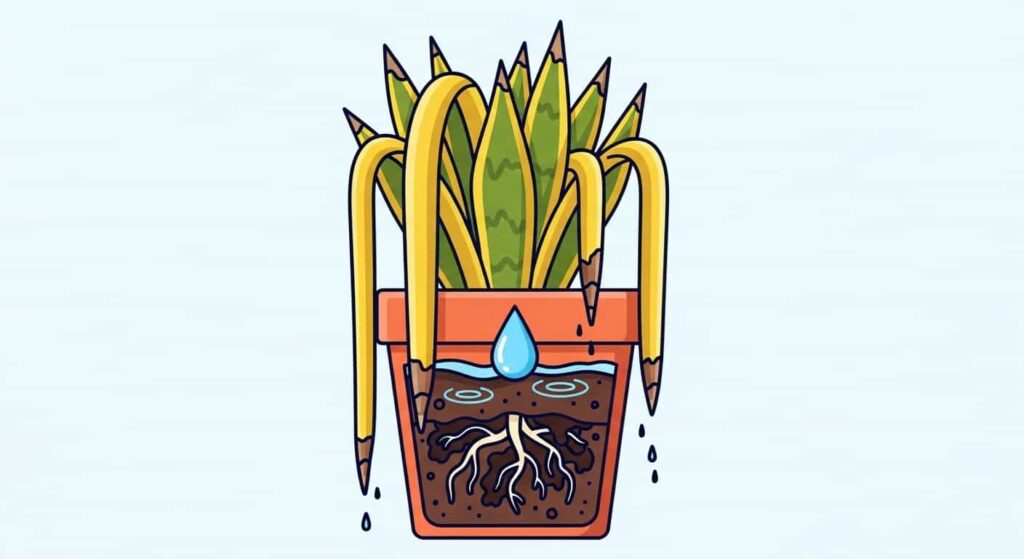
While snake plants are famous for tolerating neglect, there is one form of attention they cannot handle: too much water. This is the single fastest way to kill a snake plant and is a major disadvantage for those who tend to over-love their plants with the watering can.
Snake plants are succulents adapted to arid environments. Their roots are designed to absorb water quickly and then dry out. When the soil remains consistently damp, the roots are deprived of oxygen and begin to decay, leading to a condition called root rot.
Signs of root rot include:
- Mushy, yellowing leaves at the base.
- A foul, swampy smell is coming from the soil.
- The entire plant feels wobbly or unstable.
Once root rot sets in, it can be difficult to reverse and often requires emergency surgery—repotting the plant, trimming away all dead roots, and hoping for the best. For individuals who are chronic overwaterers, this sensitivity can be a constant source of stress and failure.
4. The Leaves Can Be Dust Magnets
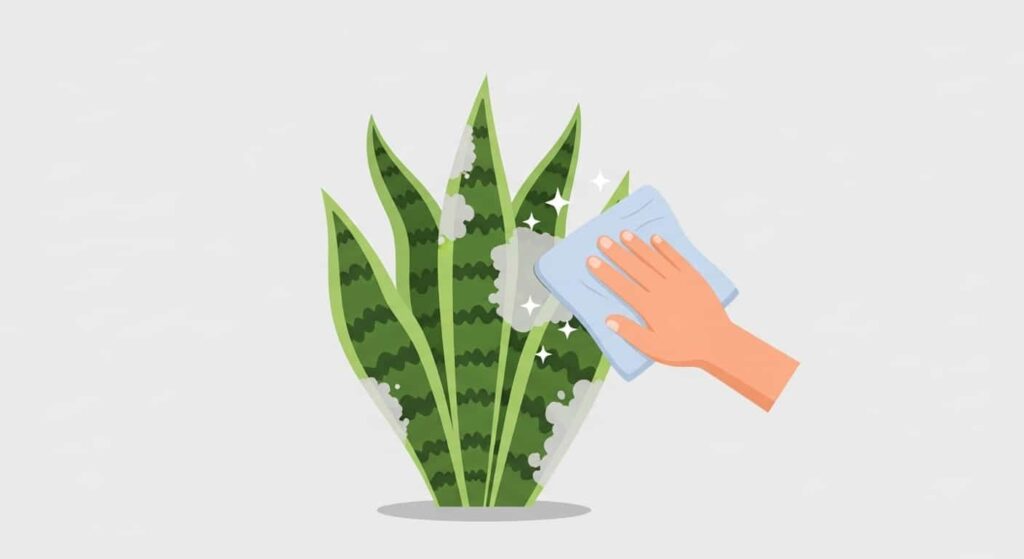
The snake plant’s broad, flat, and upright leaves are beautiful, but they are also perfect surfaces for collecting dust. In the average home, a layer of dust can accumulate quickly, dulling the plant’s vibrant appearance and, more importantly, hindering its ability to photosynthesize effectively.
This disadvantage requires regular maintenance. To keep the plant healthy and looking its best, you’ll need to wipe down each leaf with a damp cloth every few weeks. For large plants with many leaves, this can be a time-consuming chore. For allergy sufferers, this dust accumulation can also be problematic, as the leaves can hold onto allergens that get released into the air when disturbed.
5. Sharp, Stiff Leaves Can Be a Hazard
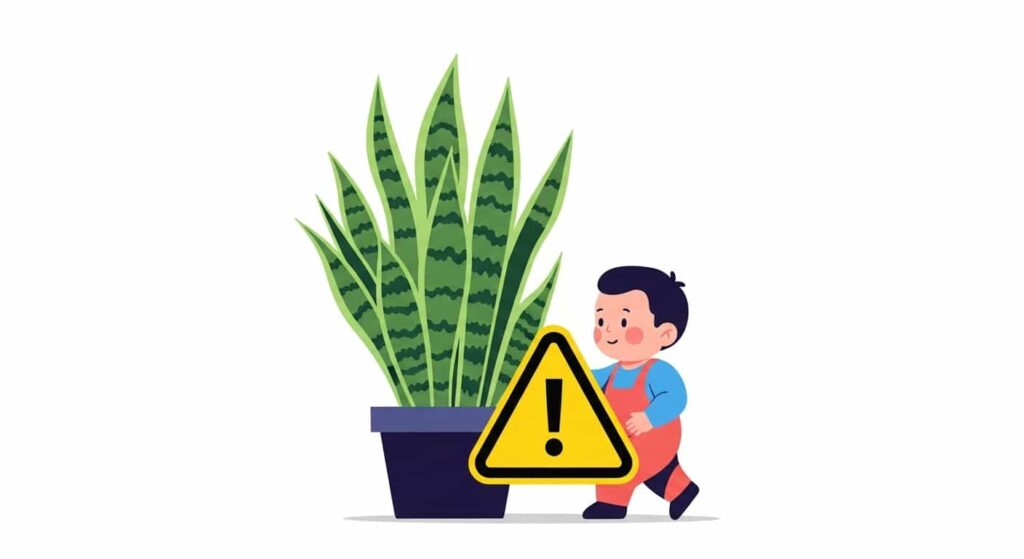
The very feature that gives the snake plant its strong, architectural look—its stiff, pointed leaves—can also be a drawback in certain homes. The leaves are rigid, and the tips can be surprisingly sharp.
For households with active toddlers or small children who are just learning to walk, these pointed leaves can pose a risk. A fall near the plant could potentially lead to a poke in the eye or a sharp scratch. While this is not a high-risk danger, it’s a practical consideration for child-proofing a home. The unyielding nature of the leaves means they don’t bend away easily, making placement in a low-traffic area essential if you have young children.
Mitigating the Disadvantages: Tips for Happy Ownership
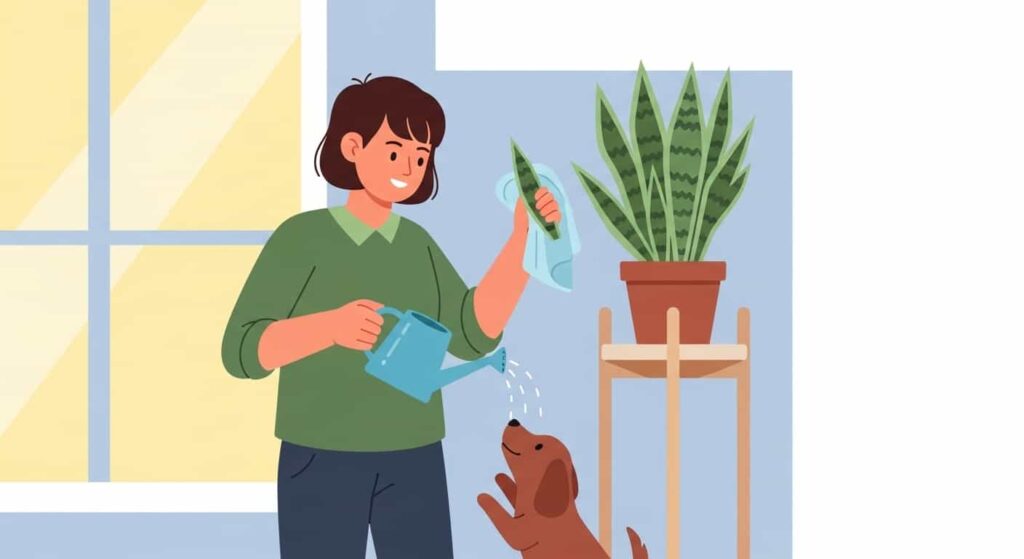
The good news is that most of these disadvantages can be managed with awareness and proper care.
- Address Toxicity: Place your snake plant on a high shelf, a plant stand, or in a room that pets and small children cannot access. Educate family members about the plant’s toxicity.
- Manage Growth Expectations: Embrace the slow-growth lifestyle. If you want a large plant, buy a large one from the start rather than waiting for a small one to grow. Or, learn to appreciate its steady, unchanging presence.
- Prevent Root Rot: Master the art of “benign neglect.” Water only when the soil is 100% dry. When in doubt, wait another week. Ensure your pot has excellent drainage.
- Commit to Cleaning: Make leaf-dusting part of your regular cleaning routine. It only takes a few minutes every couple of weeks and greatly benefits the plant’s health and appearance.
- Strategic Placement: Keep snake plants out of high-traffic hallways and away from play areas for children. Placing them in a corner or alongside furniture can minimize the risk of accidental scrapes.
A Balanced View of a Beloved Plant
The snake plant has earned its reputation as a top-tier houseplant for good reason. Its benefits are numerous, and its resilience is legendary. However, no plant is perfect for every person or every home.
By understanding the potential disadvantages—its toxicity, slow growth, susceptibility to overwatering, and physical sharpness—you can make a truly informed choice. For many, these cons are minor hurdles that are easily managed with mindful placement and proper care. For others, particularly those with adventurous pets or a desire for a fast-growing plant, these drawbacks might be deal-breakers.
Ultimately, a successful relationship with any plant comes from understanding its needs and knowing how they align with your own. The snake plant, with all its pros and cons, is no exception.
Frequently Asked Questions
Are there any real disadvantages to keeping a snake plant in the bedroom?
Beyond the general disadvantages listed above, there are no specific cons to keeping one in the bedroom. In fact, its ability to release oxygen at night is a significant benefit. Just ensure it gets adequate light and is placed where it won’t be a hazard.
My snake plant is doing nothing. Is it dead?
Not necessarily. Due to the snake plant’s slow growth, it can appear to be doing nothing for long periods, especially during its dormant winter season. As long as the leaves are firm, green, and upright, the plant is likely healthy and just resting.
Are snake plants bad for allergies?
They can be if not maintained. While they don’t produce pollen that causes allergies, their large leaves can collect dust and other airborne allergens. Regular cleaning of the leaves is key to preventing this from becoming an issue.
